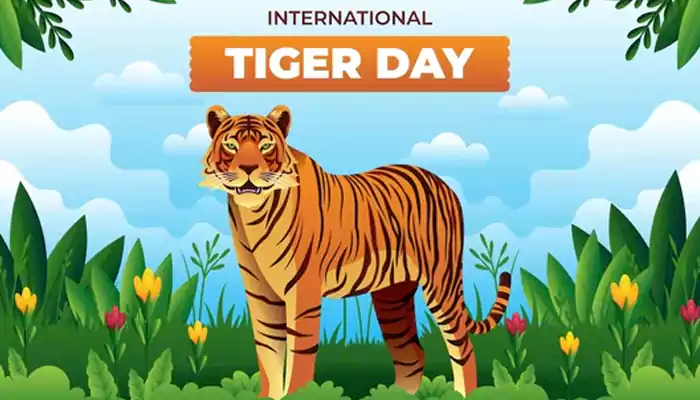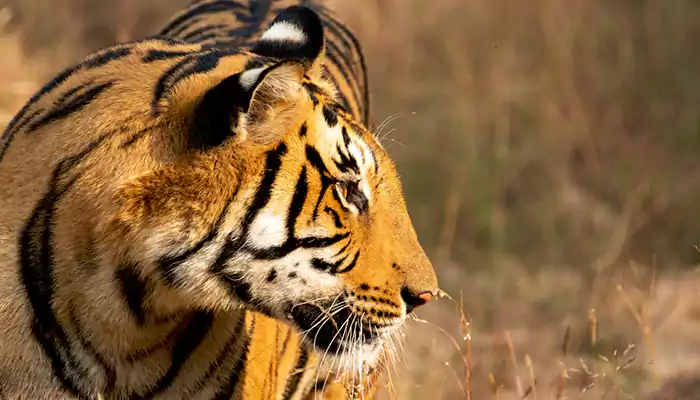Project Cheetah's Effectiveness Questioned After Recent Deaths

three months has raised concerns about the success of the transcontinental relocation of the species to India. However, this speculation is not entirely accurate.
On May 7th, the Kuno National Park in Madhya Pradesh reported the third death of a cheetah since the introduction of a group of wild cats from Africa in India. The project, known as Project Cheetah, involved the relocation of twenty cheetahs to the national park and is the first transcontinental relocation project in Asia. Unfortunately, three cheetahs have died since their introduction.
The recent death of a cheetah named Daksha, who was involved in a territorial fight with other cheetahs inside Kuno National Park, has raised concerns about the success of Project Cheetah. The project aimed to reintroduce the species to India, after it had gone extinct in the country.
Twenty cheetahs were brought over from Africa as part of the first transcontinental relocation project in Asia, but three of them have since died. Two of the cheetahs, named Sasha and Uday, passed away due to illness.
Cheetahs, with the scientific name Acinonyx jubatus, are famous for their agility and speed. They are considered the fastest land animal in the world, and are known for their aerodynamic efficiency. It takes only three seconds for a cheetah to accelerate from zero to 100 kilometers per hour.
Indian government's Project Cheetah aims to reintroduce cheetahs to India after the Asiatic cheetah was declared extinct in the country in 1952. By introducing African cheetahs, the project seeks to restore the ecosystem and protect the species from further decline.
The project to reintroduce cheetahs into India was first conceptualized in 2009, but it faced numerous bureaucratic and legal obstacles before it was finally implemented in 2022. A specially customized B747 Jumbo Jet transported eight cheetahs from their natural habitat to an adapted habitat in Kuno National Park, marking the beginning of the project. So far, a total of 20 cheetahs have been relocated to the national park, but the endeavor still presents significant challenges.
The adaptability of cheetahs to their new environment is one of the biggest challenges associated with the project. Cheetahs are known to be adapted to survive in the open grasslands, savannahs of Namibia, and dense vegetation and mountainous terrain of eastern and southern Africa. Their success in these regions may not necessarily translate to their new habitat in India, which may have different environmental factors such as different prey and predator species, climate conditions, and geographical features.
Before the project even started, wildlife experts had cautioned that it would take several years for cheetahs to adapt and thrive in the Indian ecosystem, which has a varied climate pattern compared to the tropical climate with distinct wet and dry seasons of the Savannah grasslands.
To increase the chances of survival for the cheetahs in their new habitat, they are first placed in acclimatization camps in Kuno. This allows them to adjust to their new surroundings under the supervision of authorities before they are released into the open wilderness. However, even with this precaution, the Department of Forestry, Fisheries, and the Environment (DFFE) in South Africa had predicted that the cheetahs may face mortality and injuries when they are released into the open, due to lack of supervision and control over their behavior.
The rehabilitation project for cheetahs in India has taken into account the challenges of the animals adapting to their new environment.
As the cheetahs are released into the open, a potential challenge that may arise is the increase in human-animal conflict. There have already been instances where cheetahs have ventured outside the national park and had to be tranquilized or walked away from human settlements. This issue could become more common as more cheetahs are released. Additionally, another challenge for wildlife authorities may be dealing with territorial conflicts between the cheetahs themselves. While cheetahs do not usually defend their territory like tigers or lions, male cheetahs can become aggressive when establishing small territories that overlap with those of multiple females.
Cheetahs are not built for fighting, as their bodies are designed for speed rather than strength, and injuries sustained during fights could be potentially fatal. As a result, cheetahs have developed strategies to minimize conflict with other predators and maximize their chances of survival.
Despite the deaths of three cheetahs in the past three months, there have been some positive developments as well. One of the female cheetahs, Siyaya, gave birth to four healthy cubs, which is a promising sign for the conservation efforts.
Breeding of cheetahs has occurred in India for the first time since 1952, which is a positive development in the conservation and reintroduction of the animal in the Indian ecosystem. However, it will take a few years to determine the project's success or failure, as the cheetahs need to establish their home range in the Indian ecosystem, and spatial ecology data needs to be analyzed to assess the situation.














